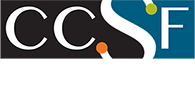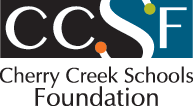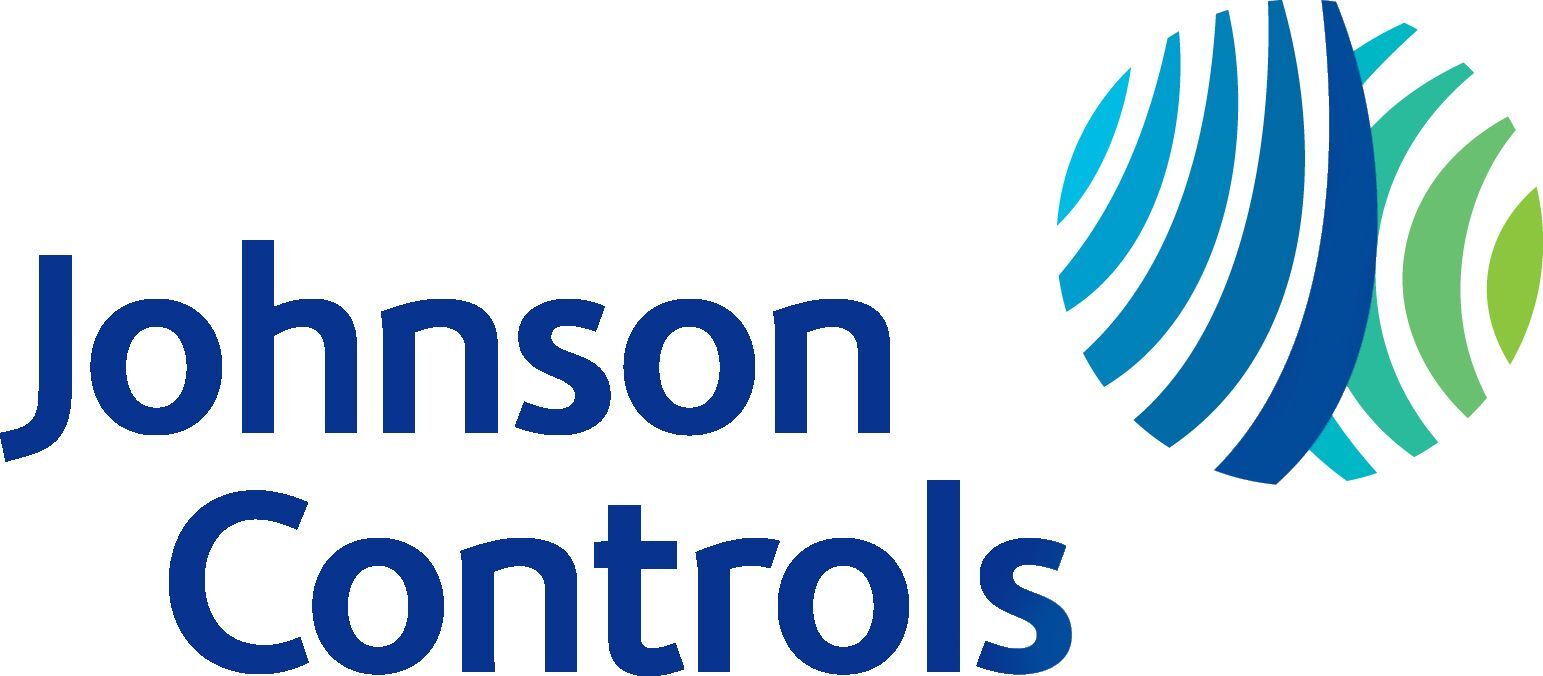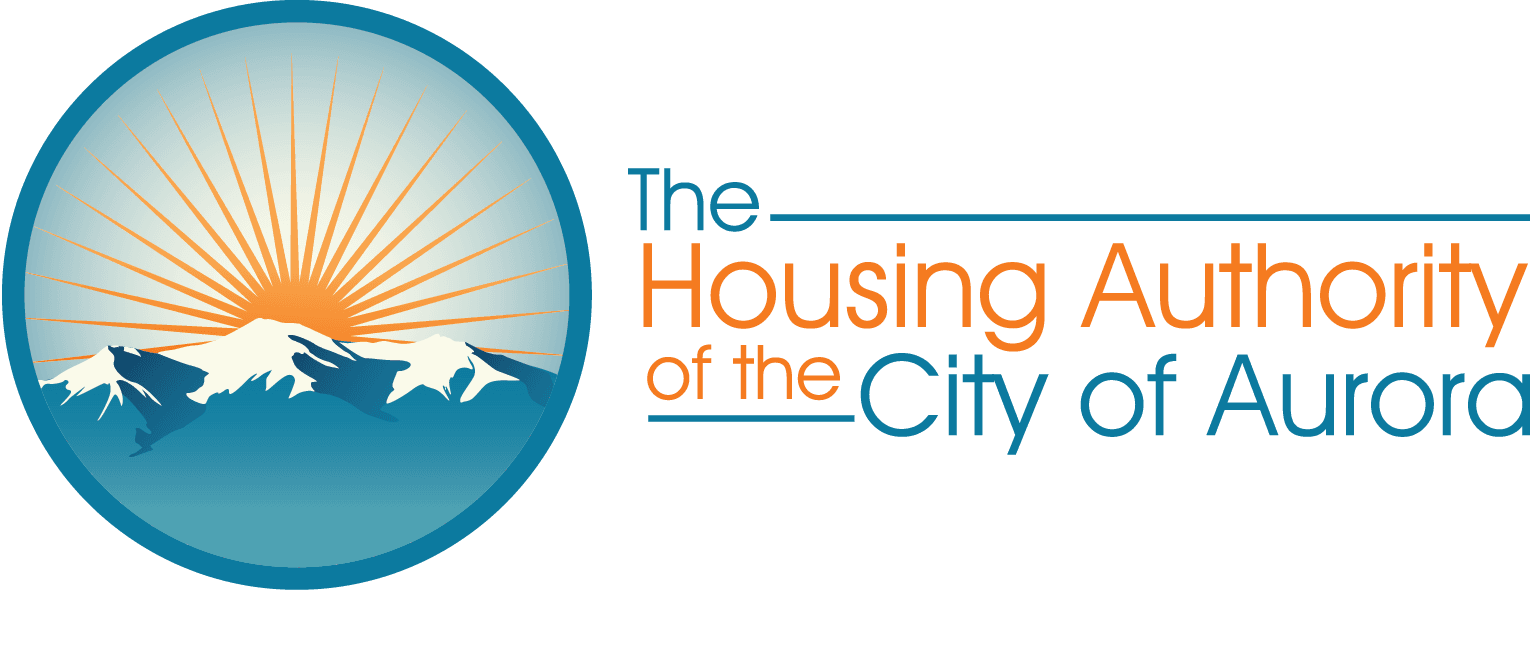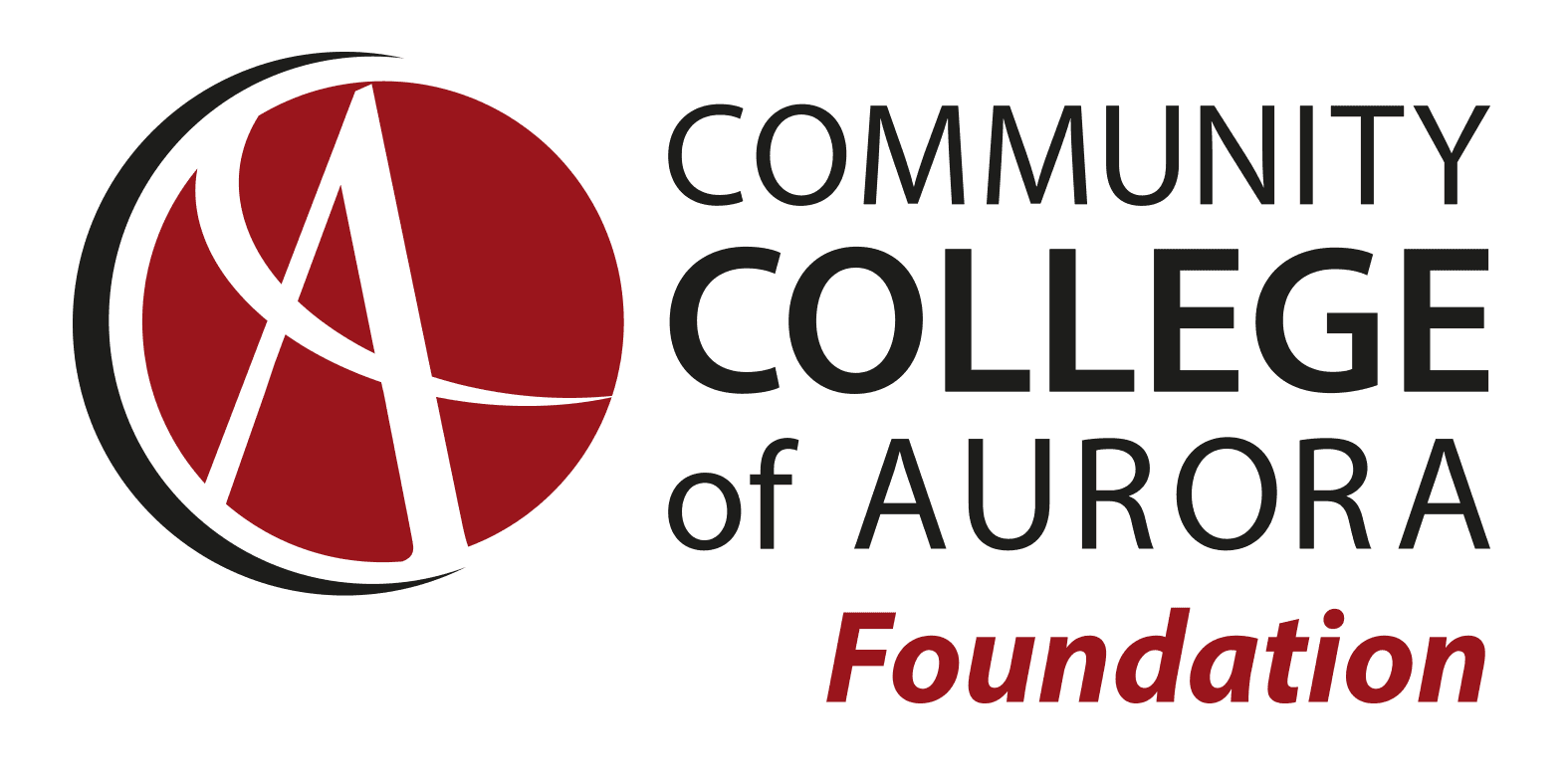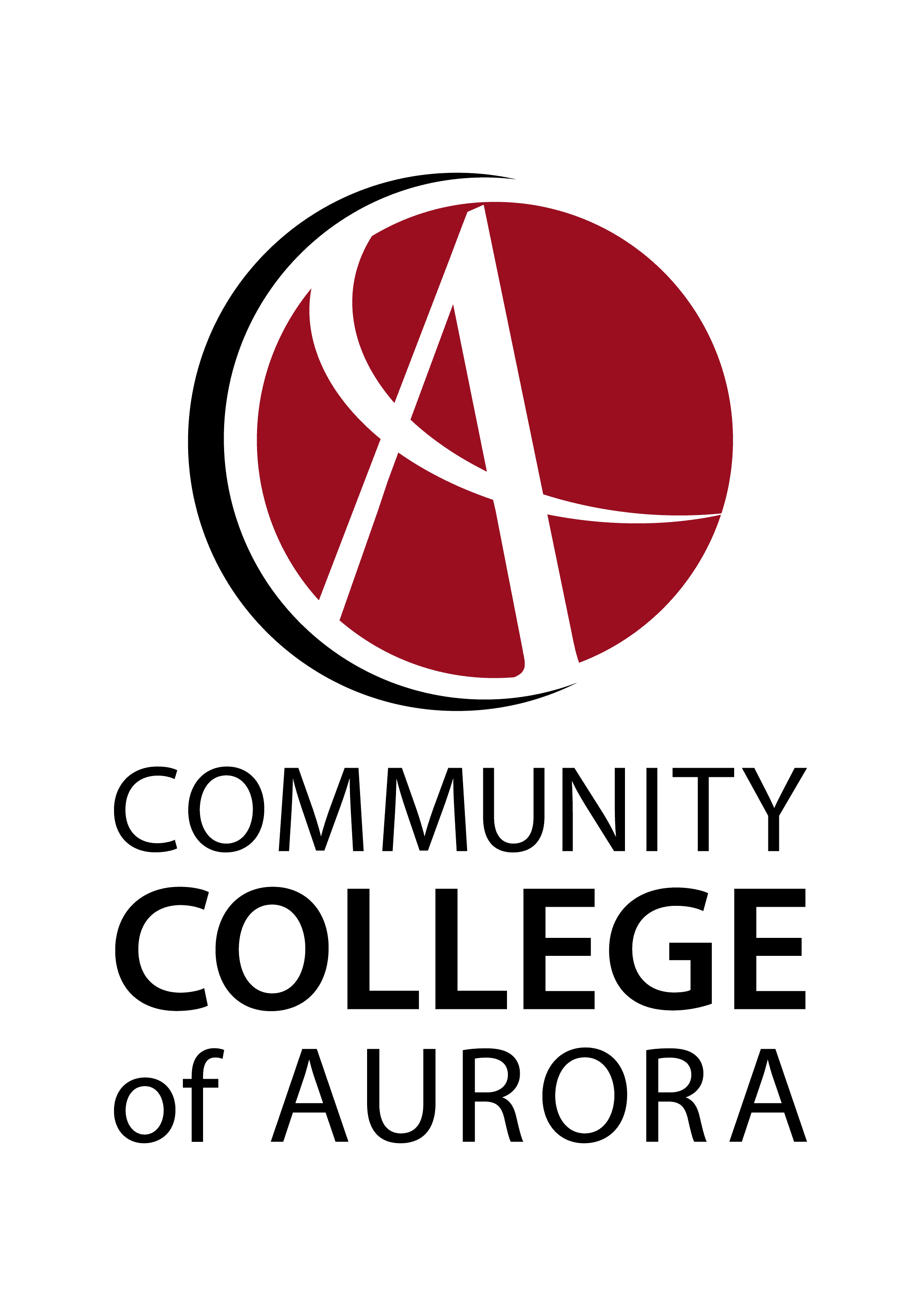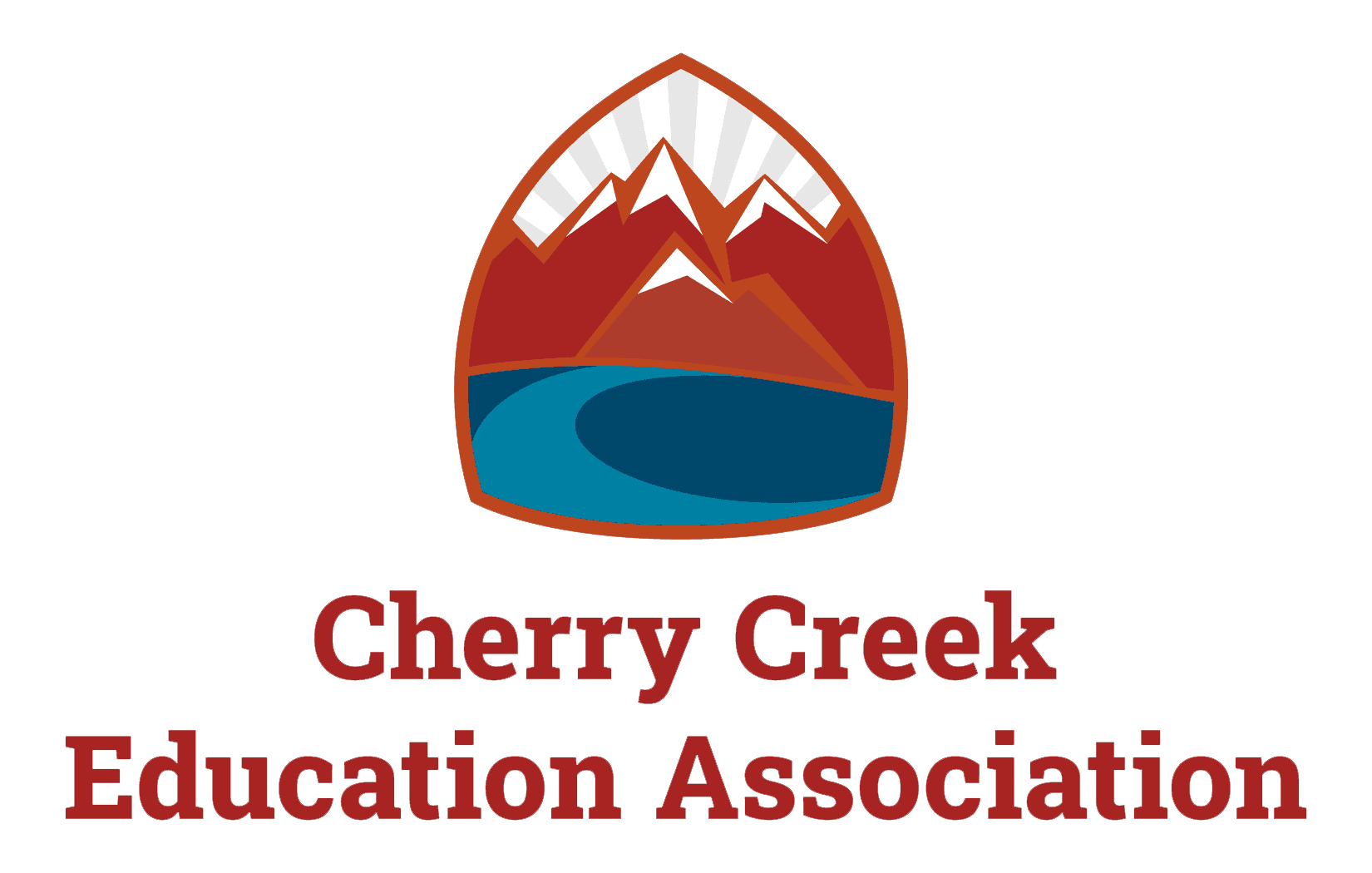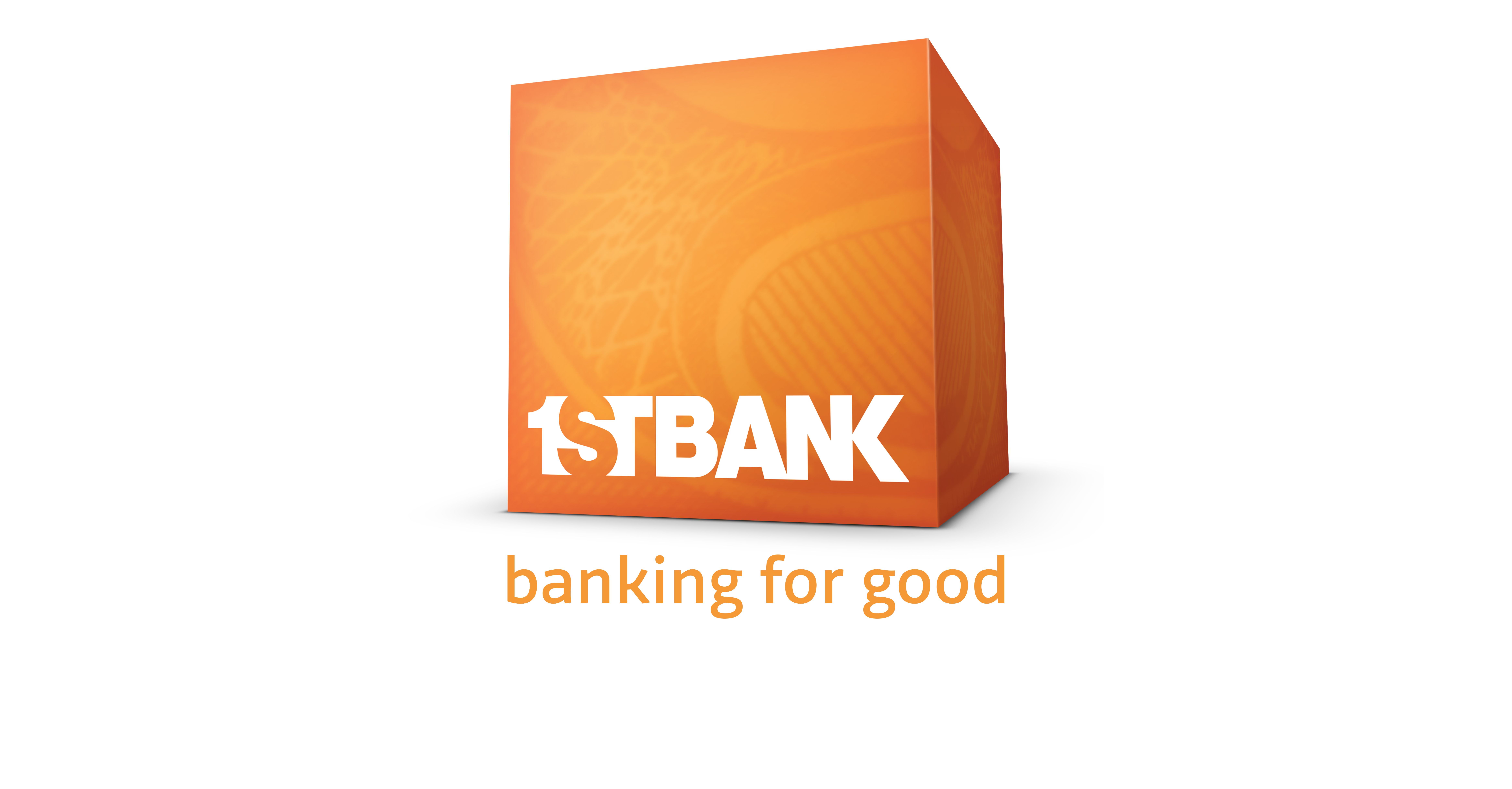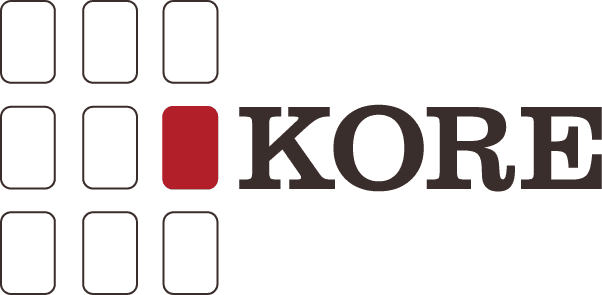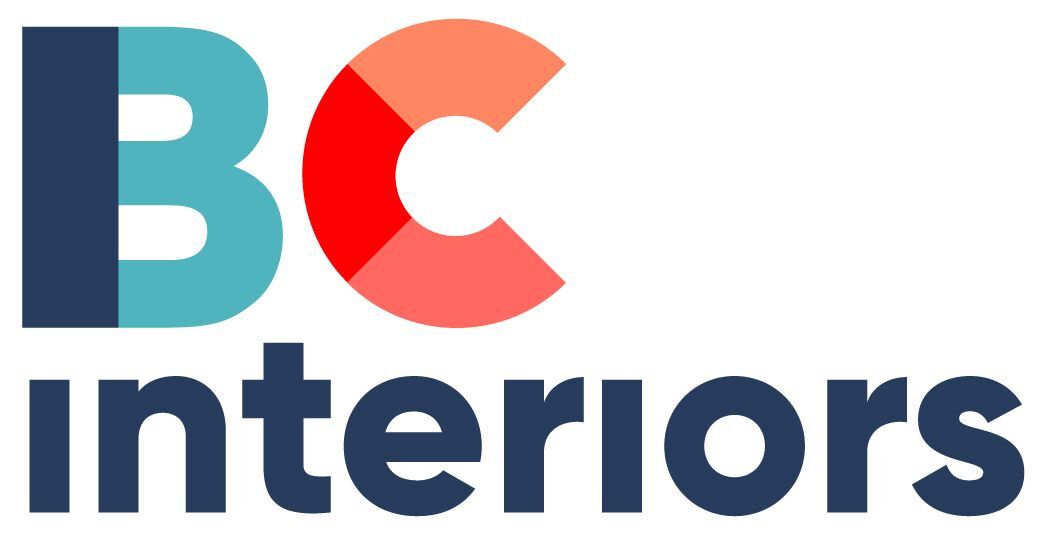Operation: Random Acts!
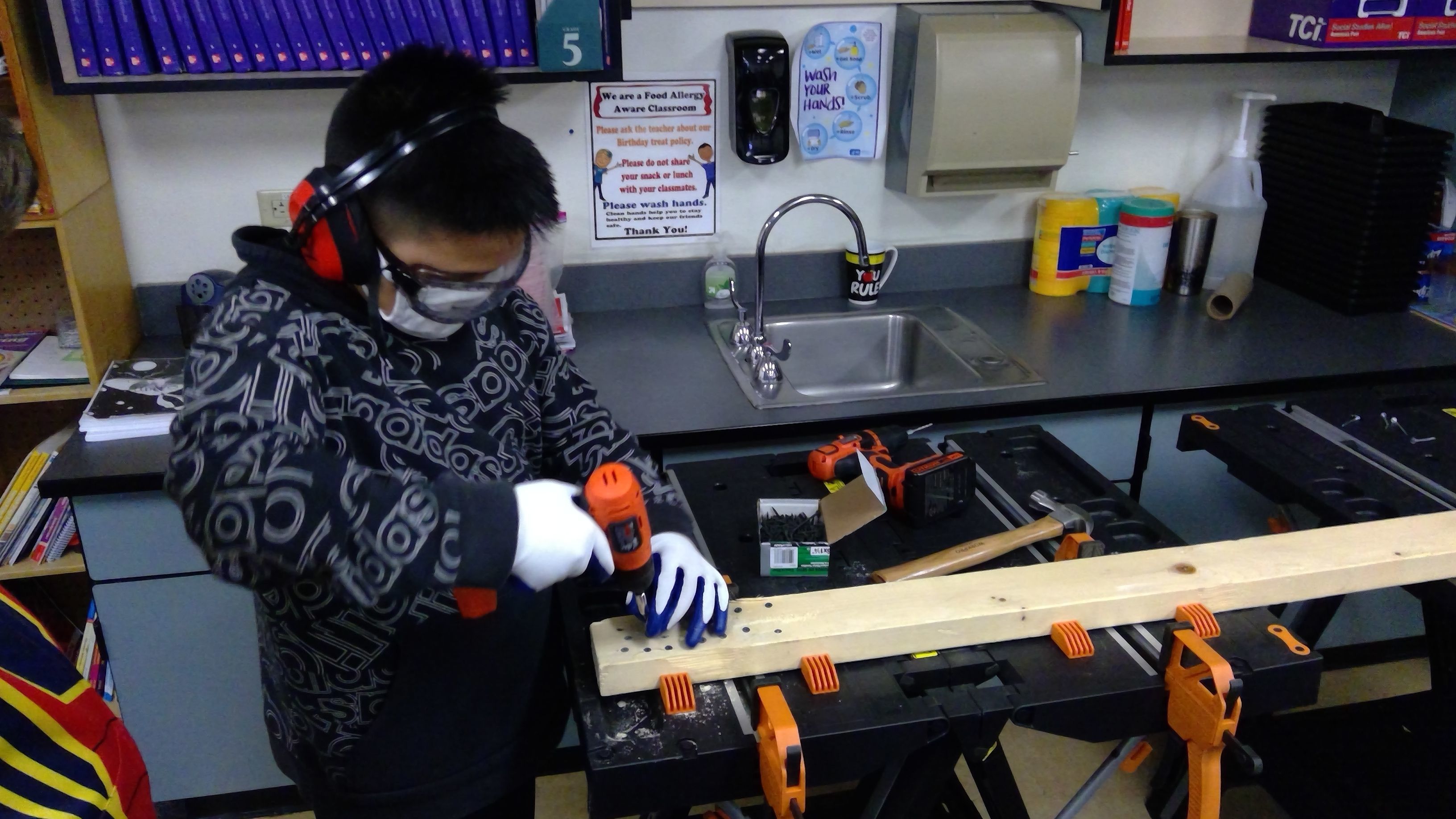
Our thanks go out to Mr. Kastens and all of CCSD’s teachers and staff for their dedication and resilience during such a challenging year.
We know that when teachers have what they need, they can do amazing things for our students. That’s why a cornerstone of the Foundation has been our Educator Initiative Grants (EIG) program. Each year, CCSF awards grants to individual classroom teachers or teams teaching within Cherry Creek Schools. These grants are designed to encourage, facilitate, recognize and reward innovative and creative instructional approaches.
Over the last year, our teachers have had to adapt to challenges they never could have foreseen, but their creativity has helped them meet the challenge and use this year as an opportunity to try new things. One EIG recipient has tried to do just that, Charles Kastens, a fifth-grade teacher at Mission Viejo Elementary. Talking about the last year and what he’s taken away from it, Mr. Kastens said, “This is my 22nd year teaching, and this year was a particularly unique challenge. It reinforced to me though that relationships are how we work with kids and how we meet their needs. Relationships are the key to anything you’re going to teach a student.”
Bouncing between in-person and remote learning certainly made maintaining those relationships more of a challenge. It forced Mr. Kastens to adapt, learning new technologies and honing his time management skills to make the most of whatever time he had with his students. Not only did Mr. Kastens’ have to adapt, but so have his students who’ve had to adjust to such a tumultuous year. “Kids are resilient, I think kids are more resilient than adults really. We’ve been fortunate to have class in-person as much as we have, but the amount of lost learning won’t be measured in days or weeks, but in months. Kids have adjusted, but it’s been really important to keep an eye on the social/emotional aspects of my students and adjust my lessons if I need to.”, said Mr. Kastens.
Mr. Kastens and his students have persevered through a difficult year and used it as an opportunity to try something different, shifting some of his EIG dollars to create a new project that met the moment.
Inspired by the TV show ‘Random Acts’, Mr. Kastens tasked his students with preforming different random acts of kindness.
“When we focus on ourselves and our hardships, it can take us to a bad place. But when we can focus on others and what other people might be going through, and helping those people – it takes the focus off us and it feels good to help.”
The first phase for students started at home, where students designed three acts to encourage three different family members, like doing a sibling’s chores or calling grandma, just because. In the second phase the focus shifted to ‘supporting the support’. Working in groups of 3, students designed an act of kindness to make the day of a support-staff member at their school. For the last phase of the project, the focus shifts to the larger community where students will pick and execute a project to benefit the school or neighborhood and use grant dollars to execute the project.
This is the first time Mr. Kastens has done this project and he’s loved how his students have responded to it. “It’s been great to see the kids at our morning meetings and see how excited they were to share the nice things were doing at home. Likewise, it’s been amazing to hear from staff in our building about how much students’ acts of kindness have meant to them.”
While this is the maiden voyage for Mr. Kastens ‘Random Acts’ unit, he plans to continue and grow the project in the years to come.
“I always want my students to walk away with something they are going to remember forever and I think this is that project. The cool thing is there’s math involved, there’s reading involved, there’s research involved, there’s budgeting and money involved, but they’re not going to see it as an academic lesson. It’s all disguised in this project and that’s what helps kids get it – it’s not in a text book or on a computer screen, its real life just happening.”
In the spirit of giving back, Mr. Kastens has made his lesson plan available online for free for other teachers and educators. You can learn more about the project here.
